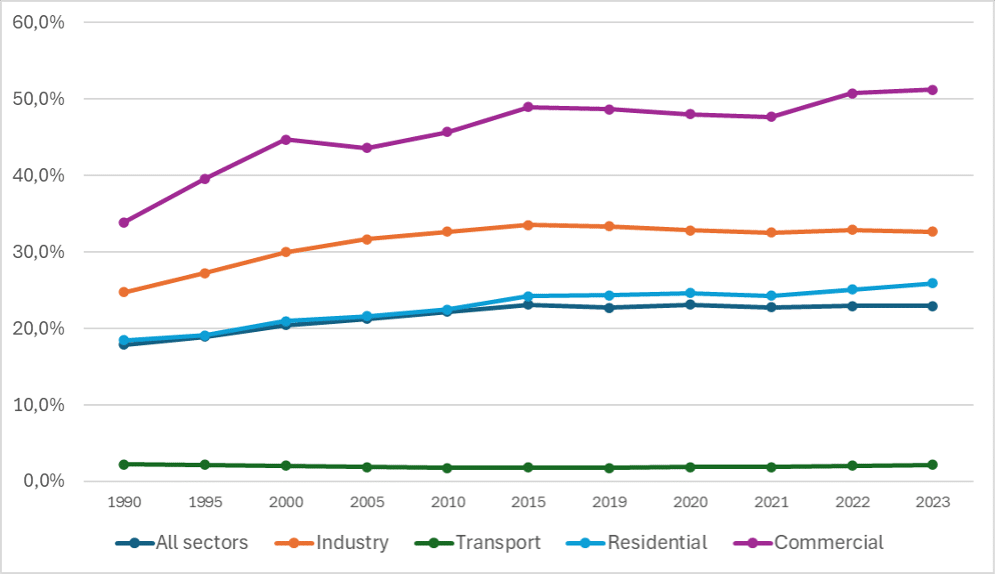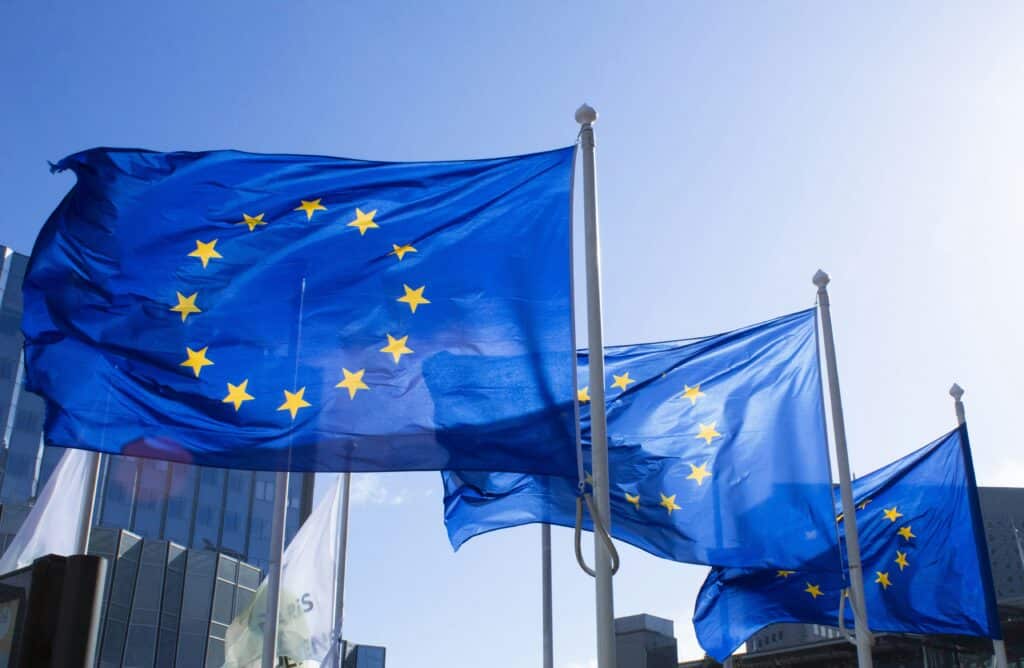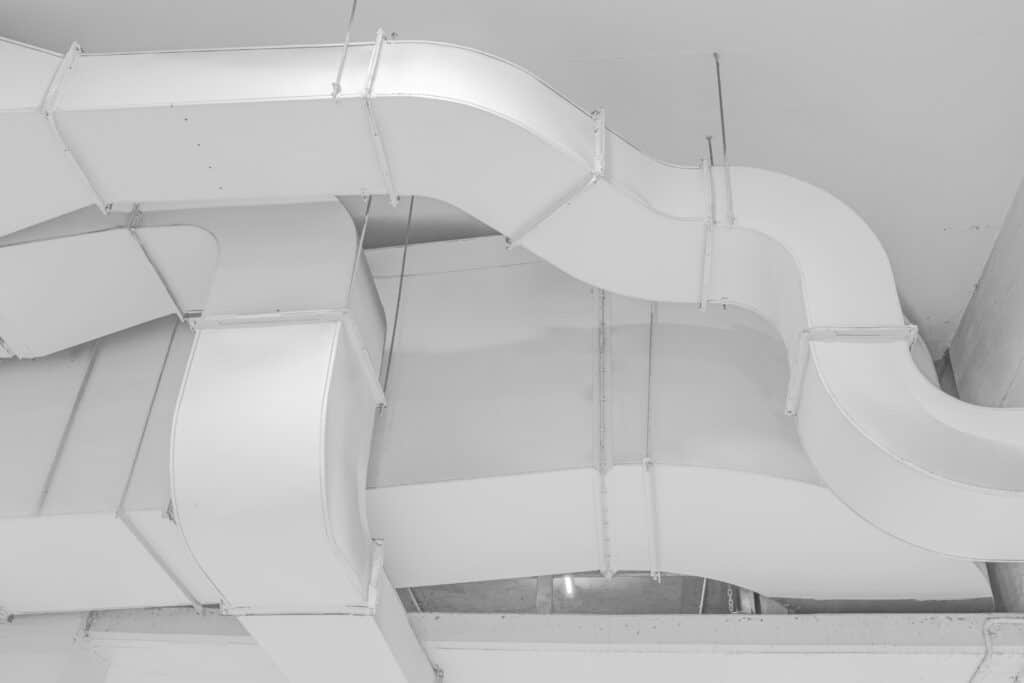Electrification, where are we?
This is the first instalment of the Topic of the Month 'Electrification of final uses: updates from the FSR'
Electrification, that is, an increase in the role of electricity in final energy uses, is one of the key pillars of the European Union (EU) strategy to get to net-zero greenhouse gas emissions by 2050 (Verde et al., 2024). The rationale is apparent: over the past 20 years, PV panels, wind turbines, batteries and heat pumps have been among the low-carbon technologies which have improved the most in terms of performance and which have observed the highest cost reductions. They all produce, store or use electricity. If you combine this technological development with the several appealing properties of electricity, for instance the absence of polluting emissions at the point of use, you can then easily understand why electrification is a fundamental component of any decarbonisation roadmap, in Europe and beyond.
Electrification in the Clean Industrial Deal
The European Commission (EC) has recently confirmed the importance of electrification in the Clean Industrial Deal. Ensuring consumers have access to affordable energy, be it in the form of electricity or not, is a cornerstone of that deal. According to the EC, accelerating the electrification of the economy and the transition to clean and domestically generated energy can support a reduction of energy costs and preserve the competitiveness of the European manufacturing sector.[1] Two key performance indicators are identified in this regard: 1) an increase in the economy-wide electrification rate from 21.3% in 2022 to 32% in 2030; and 2) the installation of 100 GW of renewable electricity capacity every year up to 2030.
A target on electrification is not new in European energy policy documents. The EC already mentioned an electrification rate of 30% by 2030 in its communication on energy system integration, back in 2020; it reaffirmed that number in 2024, when it published a communication to kick-start the discussion to set the energy and climate goals for 2040. A 50% electrification rate by 2050 was cited at the time.
No one questions the benefits of promoting a larger use of electricity in final consumption, as part of a consistent decarbonisation strategy. However, questions exist about the level of ambition associated with the 32% target and the concrete possibility to achieve it. A rapid look at the statistics from Eurostat explains why it is the case.
Figure 1 below shows the evolution of the share of electricity in final energy consumption in the EU. Only energy uses are considered: any amount of energy sources, such as coal or natural gas, which is used as feedstock, mostly in industrial processes, is not included.[2]

Figure 1: Electrification of final energy uses per sector in the EU (source: author’s elaboration on data from Eurostat, nrg_bal_s).
Two considerations can be made
First, historical data suggest the 2030 target is quite ambitious, as electrification tends to change only gradually over time. After experiencing a five percentage points increase between 1990 and 2015, the electrification rate of the overall economy barely moved in the past decade. Interestingly, electricity consumption has somewhat followed the decreasing trend of final energy consumption, with less electricity being consumed, in absolute terms and per capita, in 2023 than in 2010 or 2015. Clearly, some significant barriers to electrification are at play.
Second, electrification rates are quite different across sectors, not to mention across countries. Electricity covers one-third of final energy consumption in industry, with most of the increase, at least in relative terms, being observed between 1990 and 2015. Since then, minor fluctuations have followed. Electrification has occurred in buildings, particularly in the commercial sector, where today more than half of final energy consumption is represented by electricity. The residential sector has also been steadily electrifying, although starting from a lower base. On the contrary, the role of electricity in transport was in 2023 basically the same as it was 35 years earlier: around 2.2%. Undoubtedly, the factors limiting electrification are stronger in some sectors than in others.
To conclude, electrifying the economy does not look easy-peasy. The target set in the Clean Industrial Deal represents a bold move. Dedicated policies must be implemented, if the EU wants to achieve it or get close to it. At the same time, the best policy mix is likely to differ, depending on the sector you look at: while some solutions may foster electrification across the board, specific measures may be needed to address sector-specific barriers to electrification.
In the next instalments of this Topic of the Month, we aim to give you a sample of the issues at stake and illustrate some of the instruments that are being currently discussed to accelerate electrification. We will look first at the industrial sector. Then, we will turn to buildings. Finally, we will close by focusing on the specific case of road transport.
Enjoy!
If you want to know more about the role of electrification in the road to a carbon-neutral economy and the way this may differ in industry, transport and buildings, you may look at the course Getting to Net Zero.
[1] Completing the internal energy market with physical interconnections and a more efficient use of energy are two additional important factors that can secure access to affordable energy.
[2] Since electricity is never used as a feedstock, considering non-energy uses leads, ceteris paribus, to a reduction of the electrification rate. The target set in the Clean Industrial Deal seems to be calculated considering non-energy uses.






